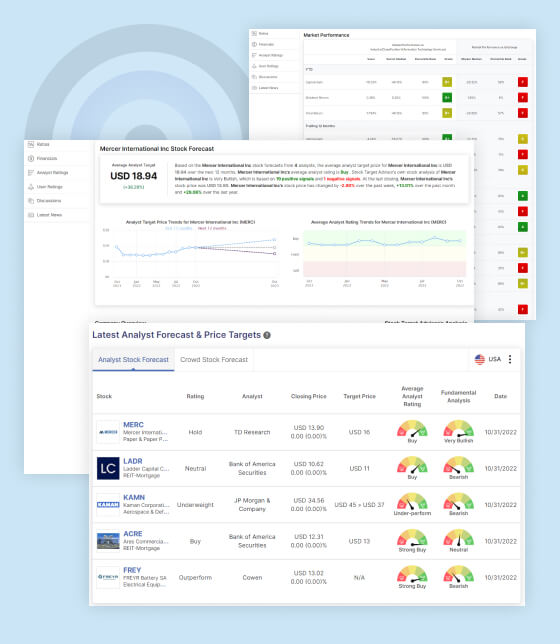As the economy continues to recover from the effects of the Covid-19 pandemic, many are wondering if prices for essential goods such as food, gas, and energy will return to pre-pandemic levels. The answer, unfortunately, is not a simple one. The direction of prices for these goods is influenced by a variety of factors, including supply and demand, production costs, and government policies.
One of the main factors that determines prices for goods such as food and energy is supply and demand. The pandemic has caused disruptions in supply chains, leading to shortages and price increases for certain goods. The food industry, for example, has been affected by the closure of restaurants and food service businesses, which has led to a shift in demand from the food service sector to the retail sector. This shift has caused price increases for certain goods, as retailers have had to raise prices to keep up with the increased demand.
Another important factor that affects prices is production costs. The pandemic has led to increased costs for businesses, such as increased expenses for personal protective equipment and sanitation supplies. These costs have been passed on to consumers in the form of higher prices. Additionally, the pandemic has led to increased demand for goods such as hand sanitizer, which has caused the price of raw materials used to make the product to increase. This has led to higher prices for the final product.
Government policies also play a role in determining prices for goods. For example, governments may implement policies such as price controls to keep prices for essential goods at a certain level. (https://hopeclinical.com/) The pandemic has also led to increased government spending, which can lead to inflation. Inflation is an increase in the general price level of goods and services in an economy over a period of time. When prices for goods and services rise, each unit of currency buys fewer goods; consequently, inflation reflects a reduction in the purchasing power of money – a loss of real value in the medium of exchange and unit of account within an economy.
Energy prices, particularly gasoline prices, are also determined by a variety of factors. The price of oil, a major component of gasoline prices, is determined by supply and demand, as well as global political and economic factors. The pandemic has caused disruptions in the oil market, leading to price fluctuations. The pandemic has also led to a reduction in demand for oil, as people have been driving less and flying less, which has led to lower prices.
It’s hard to say whether prices for food, gas, and energy will return to pre-pandemic levels. It depends on how long the pandemic will last and how long it will take for the economy to recover. Additionally, it is likely that prices for these goods will continue to be affected by supply and demand, production costs, and government policies.
In conclusion, it’s hard to predict exactly whether prices for food, gas, housing and energy will return to pre-pandemic levels, if they ever will. However if consumer debt levels turn into a spat of bankruptcies and consumers are really struggling with balancing their domestic budget, we might see a severe reduction in demand that could lead to a deflationary period within a stagnating economy.
One thing for sure is that it will likely not be a easy landing for consumers or the economy at large, as a catalyst of the very fast, extreme rising of prices that were fueled by the pandemic will lead to a nasty unraveling. We may be feeling this bubble for years to come!

STA Research (StockTargetAdvisor.com) is a independent Investment Research company that specializes in stock forecasting and analysis with integrated AI, based on our platform stocktargetadvisor.com, EST 2007.
































